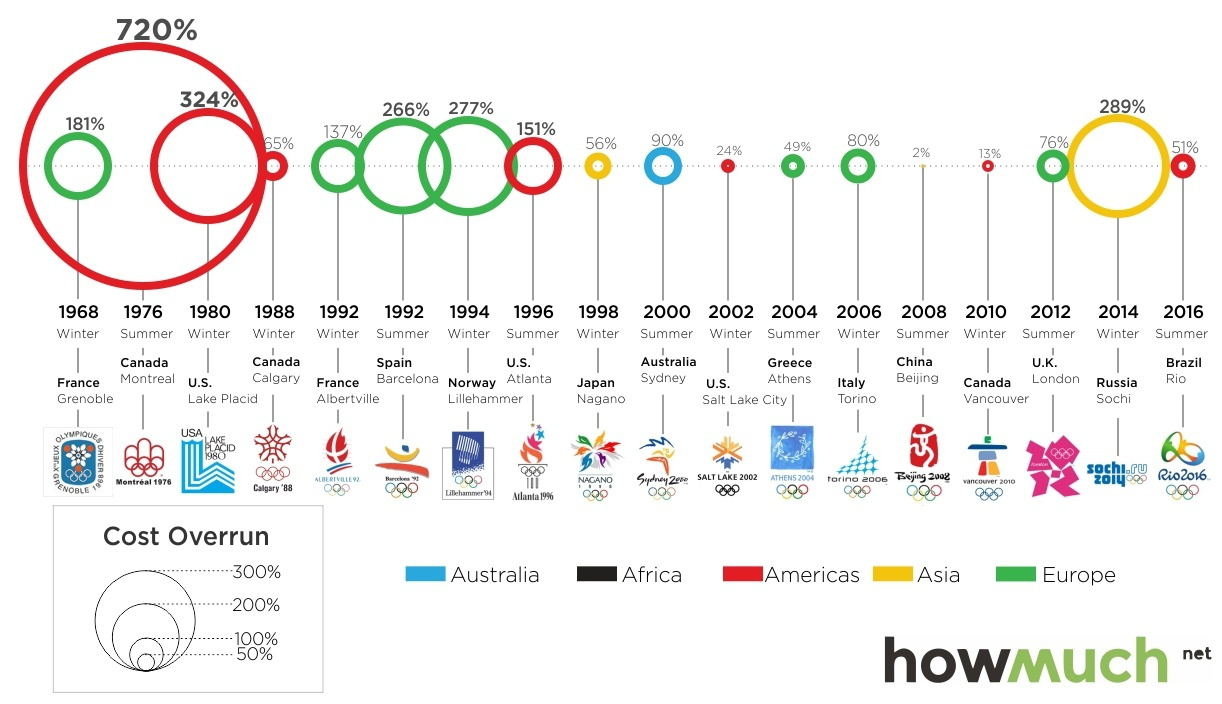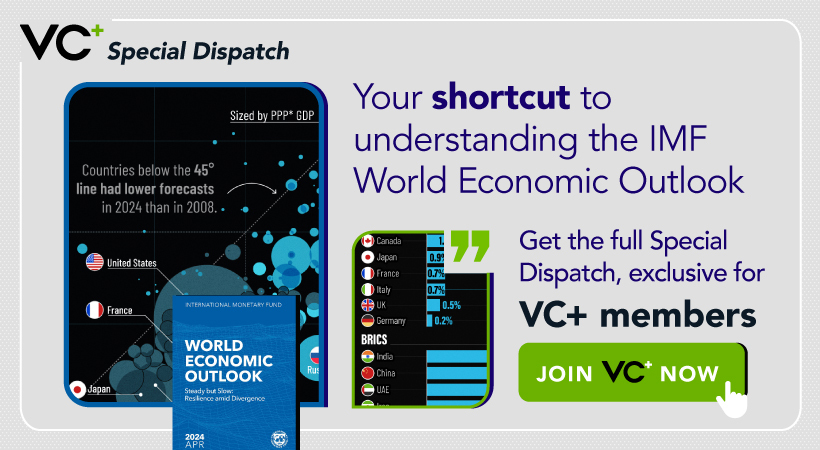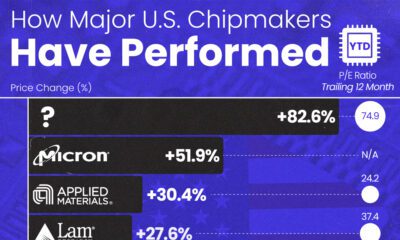Misc
Rio Games a Success at ‘Only’ 51% Overbudget

Rio Games a Success at ‘Only’ 51% Overbudget
Will the 2016 Rio Olympic Games be remembered as a success or a failure? It’s hard to know the answer yet.
What we do know, however, is that in the bizarro world of hosting Olympic Games, the cost overruns for Rio are actually quite favorable compared to numbers from past events.
Always Overbudget
The above graphic from HowMuch.net, a cost information site, visualizes data from a recent study by Oxford University to compare the budgets of previous games.
The study found the average cost overruns for Olympic Games to be a whopping 156% from 1968 to 2016. This means that the Rio Games were a budgeting success, at least in relative terms, by ‘only’ running 51% overbudget.
It should be noted that the study accounts only for sports-related costs, such as those relating to operations or building venues. The study excludes indirect capital costs such as upgrading transport or hotel infrastructure, since data on these costs is harder to come by, and is often unreliable. Also, some Olympic Games were omitted from the study, as they did not have available public data on the costs involved.
The Good, The Bad, and the Ugly
The good news for organizers is that cost overruns, as a percentage, are generally going down.
The 1976 Summer Games in Montreal caught everyone off guard after going 720% overbudget, and the city was saddled with debt for 30 years. Lake Placid (1980), Barcelona (1992), and Lillehammer (1994) were all grossly overbudget as well with 324%, 266%, and 277% overruns respectively.
However, recent games – with the exception of Sochi (289%) – have all been pretty good as far as Olympics go. The average cost overrun since 1998 has been just 73%.
The bad news for organizers is that costs, in general, are still going way up. Organizers are just getting slightly “better” at budgeting for them.
Here are the total costs for all games in the study – note that costs are adjusted to be in 2015 terms.

Lastly, the ugly part for future Olympics organizers?
The study found that the budgeting problems for Olympic Games are without precedent, as far as megaprojects go:
The Olympic Games have the highest average cost overrun of any type of megaproject, at 156 percent in real terms. In comparison, Flyvbjerg et al (2002) found average cost overruns in major transportation projects of 20 percent for roads, 34 percent for large bridges and tunnels, and 45 percent for rail; Ansar et al. (2014) found 90 percent overrun for megadams.
A major difference, however, is that sometimes infrastructure projects do get built on budget. Olympic projects, on the other hand, always go overbudget by amounts that seem almost unfathomable.
And, it is only in this bizarre context that the Rio Games can be seen as a budgetary “win”.
VC+
VC+: Get Our Key Takeaways From the IMF’s World Economic Outlook
A sneak preview of the exclusive VC+ Special Dispatch—your shortcut to understanding IMF’s World Economic Outlook report.

Have you read IMF’s latest World Economic Outlook yet? At a daunting 202 pages, we don’t blame you if it’s still on your to-do list.
But don’t worry, you don’t need to read the whole April release, because we’ve already done the hard work for you.
To save you time and effort, the Visual Capitalist team has compiled a visual analysis of everything you need to know from the report—and our upcoming VC+ Special Dispatch will be available exclusively to VC+ members on Thursday, April 25th.
If you’re not already subscribed to VC+, make sure you sign up now to receive the full analysis of the IMF report, and more (we release similar deep dives every week).
For now, here’s what VC+ members can expect to receive.
Your Shortcut to Understanding IMF’s World Economic Outlook
With long and short-term growth prospects declining for many countries around the world, this Special Dispatch offers a visual analysis of the key figures and takeaways from the IMF’s report including:
- The global decline in economic growth forecasts
- Real GDP growth and inflation forecasts for major nations in 2024
- When interest rate cuts will happen and interest rate forecasts
- How debt-to-GDP ratios have changed since 2000
- And much more!
Get the Full Breakdown in the Next VC+ Special Dispatch
VC+ members will receive the full Special Dispatch on Thursday, April 25th.
Make sure you join VC+ now to receive exclusive charts and the full analysis of key takeaways from IMF’s World Economic Outlook.
Don’t miss out. Become a VC+ member today.
What You Get When You Become a VC+ Member
VC+ is Visual Capitalist’s premium subscription. As a member, you’ll get the following:
- Special Dispatches: Deep dive visual briefings on crucial reports and global trends
- Markets This Month: A snappy summary of the state of the markets and what to look out for
- The Trendline: Weekly curation of the best visualizations from across the globe
- Global Forecast Series: Our flagship annual report that covers everything you need to know related to the economy, markets, geopolitics, and the latest tech trends
- VC+ Archive: Hundreds of previously released VC+ briefings and reports that you’ve been missing out on, all in one dedicated hub
You can get all of the above, and more, by joining VC+ today.
-

 Green1 week ago
Green1 week agoRanked: The Countries With the Most Air Pollution in 2023
-

 Automotive2 weeks ago
Automotive2 weeks agoAlmost Every EV Stock is Down After Q1 2024
-

 AI2 weeks ago
AI2 weeks agoThe Stock Performance of U.S. Chipmakers So Far in 2024
-

 Markets2 weeks ago
Markets2 weeks agoCharted: Big Four Market Share by S&P 500 Audits
-

 Real Estate2 weeks ago
Real Estate2 weeks agoRanked: The Most Valuable Housing Markets in America
-

 Money2 weeks ago
Money2 weeks agoWhich States Have the Highest Minimum Wage in America?
-

 AI2 weeks ago
AI2 weeks agoRanked: Semiconductor Companies by Industry Revenue Share
-

 Travel2 weeks ago
Travel2 weeks agoRanked: The World’s Top Flight Routes, by Revenue













